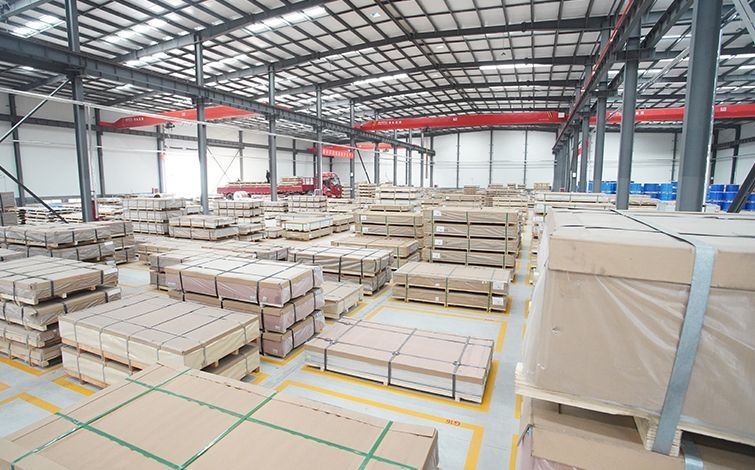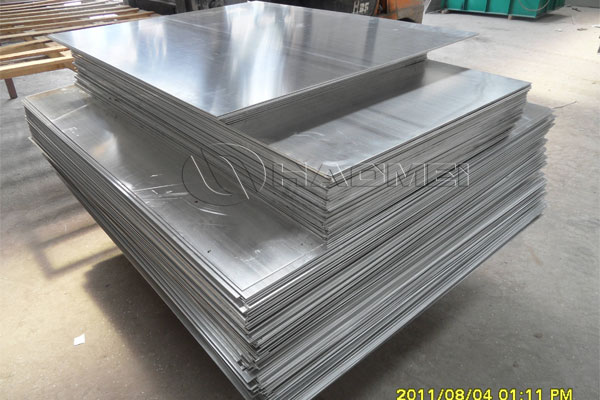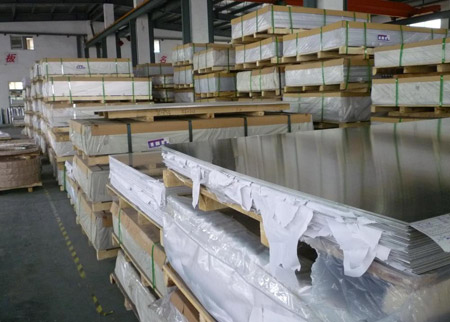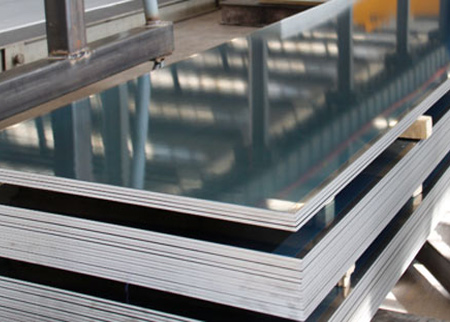



Aluminum sheets are known for their excellent corrosion resistance due to the presence of a thin layer of aluminum oxide that forms on their surface when exposed to air. This layer is only a few nanometers thick, but it is very dense and adheres strongly to the metal, preventing further oxidation.
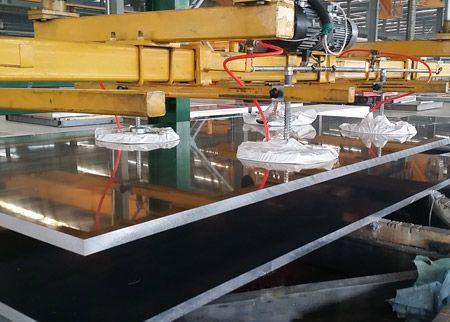
The aluminum oxide layer is also self-repairing, which means that if it gets scratched or damaged, the exposed aluminum reacts with oxygen to form more oxide, which seals the scratch and prevents further corrosion. This self-repairing property of aluminum oxide is known as passivation, and it is a crucial factor in the corrosion resistance of aluminum sheets.
In addition to the natural oxide layer, the use of alloying elements such as copper, magnesium, and zinc can further improve the corrosion resistance of aluminum sheets. These elements form a protective layer on the surface of the metal, which enhances its resistance to corrosion.
Copper, for instance, reacts with the aluminum to form copper-aluminum intermetallic compounds, which provide a barrier to corrosion. Magnesium, on the other hand, reacts with the aluminum to form magnesium oxide, which also acts as a protective layer. Zinc, meanwhile, forms a coating of zinc oxide on the surface of the aluminum, which helps to prevent corrosion.
Overall, the combination of the thin, transparent, and self-repairing aluminum oxide layer, and the use of alloying elements, make aluminum sheets highly resistant to corrosion. This is why aluminum is widely used in many applications where corrosion resistance is critical, such as in the construction of aircraft, automobiles, and other transportation equipment.
* Thank you for your inquiry. Please provide your business needs information so that we can better serve you.
This information can help us assign the most suitable person to solve your problem. We will give you feedback within 1-2 working days.
Related Blog
